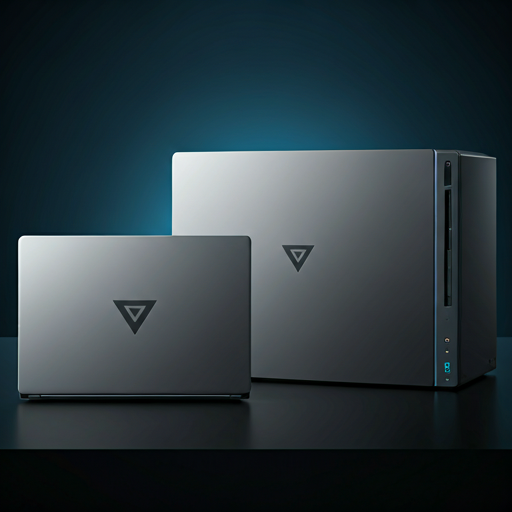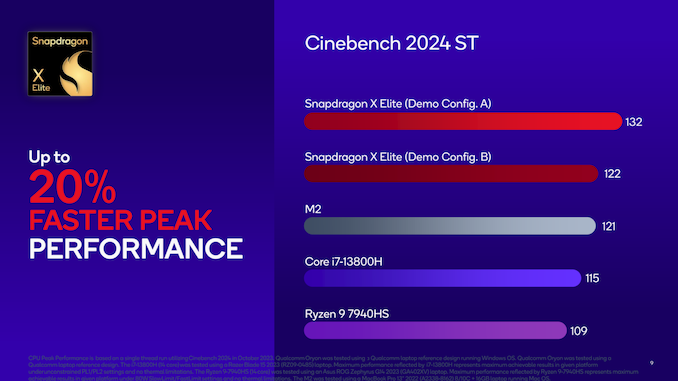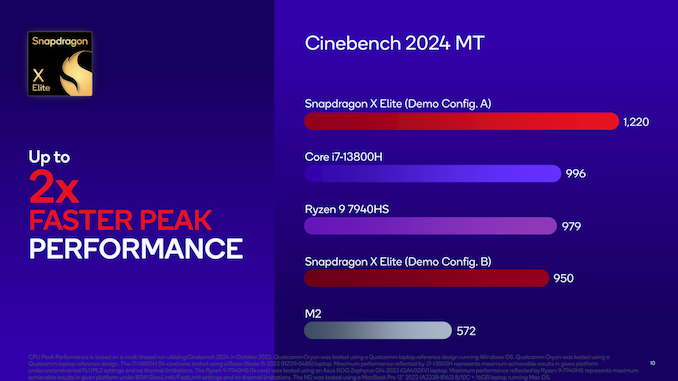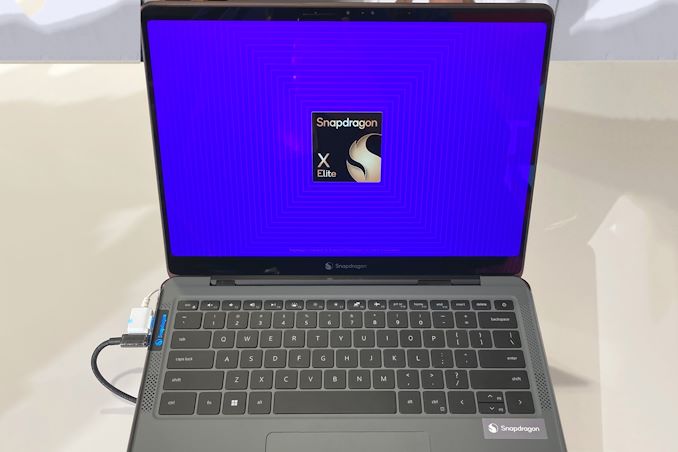One of the most exciting technological developments from the semiconductor side of things is the rapid development of the ecosystem around the open-source RISC-V instruction set architecture (ISA). One landmark in its rise is that the architecture appears to be moving beyond just behind-the-scenes projects to challenging Intel/AMD’s x86 architecture and ARM (used by Apple and Qualcomm) in customer-facing applications.
This article highlights this crucial development by reporting on early adopters embracing RISC-V to move into higher-end devices like laptops. Companies like Framework and DeepComputing have just launched or are planning to launch RISC-V laptops. While RISC-V-powered hardware still have a steep mountain to climb of software and performance challenges (as evidenced by the amount of time it’s taken for the ARM ecosystem to be credible in PCs), Intel’s recent setbacks and ARM’s legal battles with Qualcomm over licensing (pretty much guaranteeing every company that uses ARM is now going to work on RISC-V) coupled with the open source nature of RISC-V potentially allowing for a lot more innovation in form factors and functionality may have created an opening here for enterprising companies willing to make the investment.
“If we look at a couple of generations down the [software] stack, we’re starting to see a line of sight to consumer-ready RISC-V in something like a laptop, or even a phone,” said Nirav Patel, CEO of laptop maker Framework. Patel’s company plans to release a laptop that can support a RISC-V mainboard in 2025. Though still intended for early adopters and developers, it will be the most accessible and polished RISC-V laptop yet, and it will ship to users with the same look and feel as the Framework laptops that use x86 chips.

This Year, RISC-V Laptops Really Arrive
Matthew S. Smith | IEEE Spectrum



